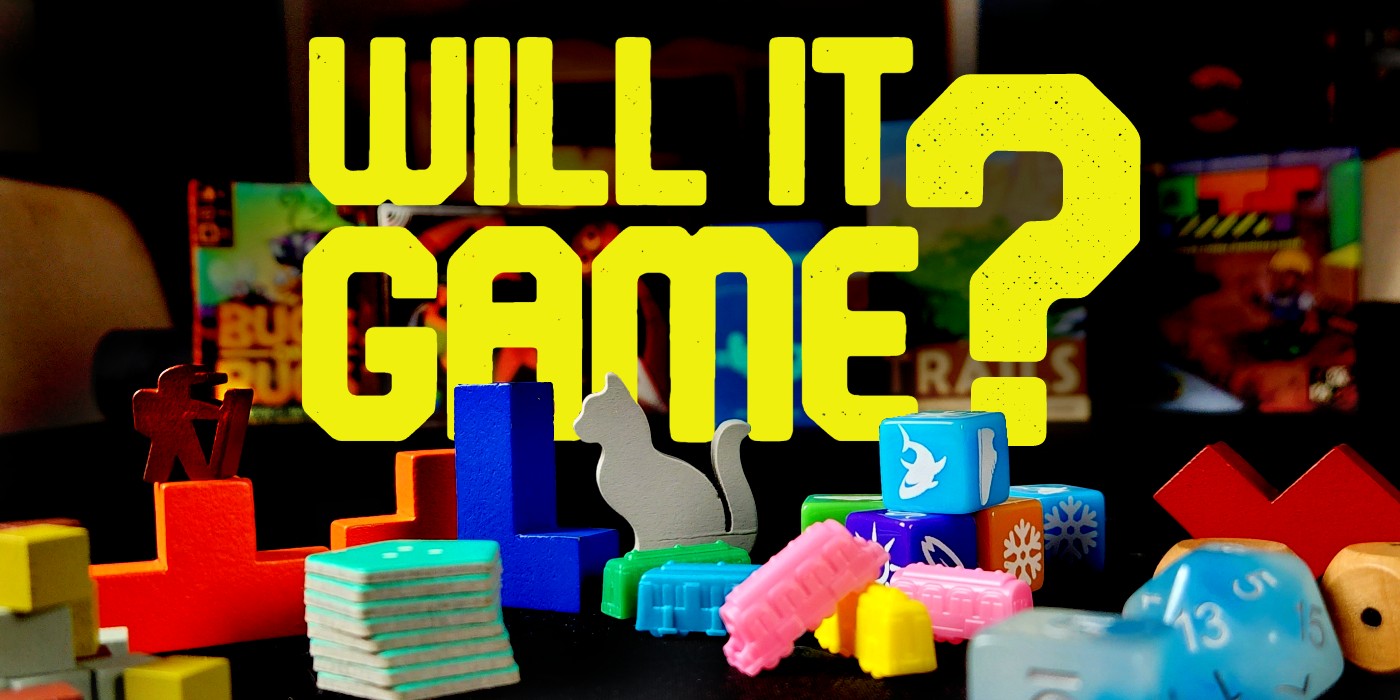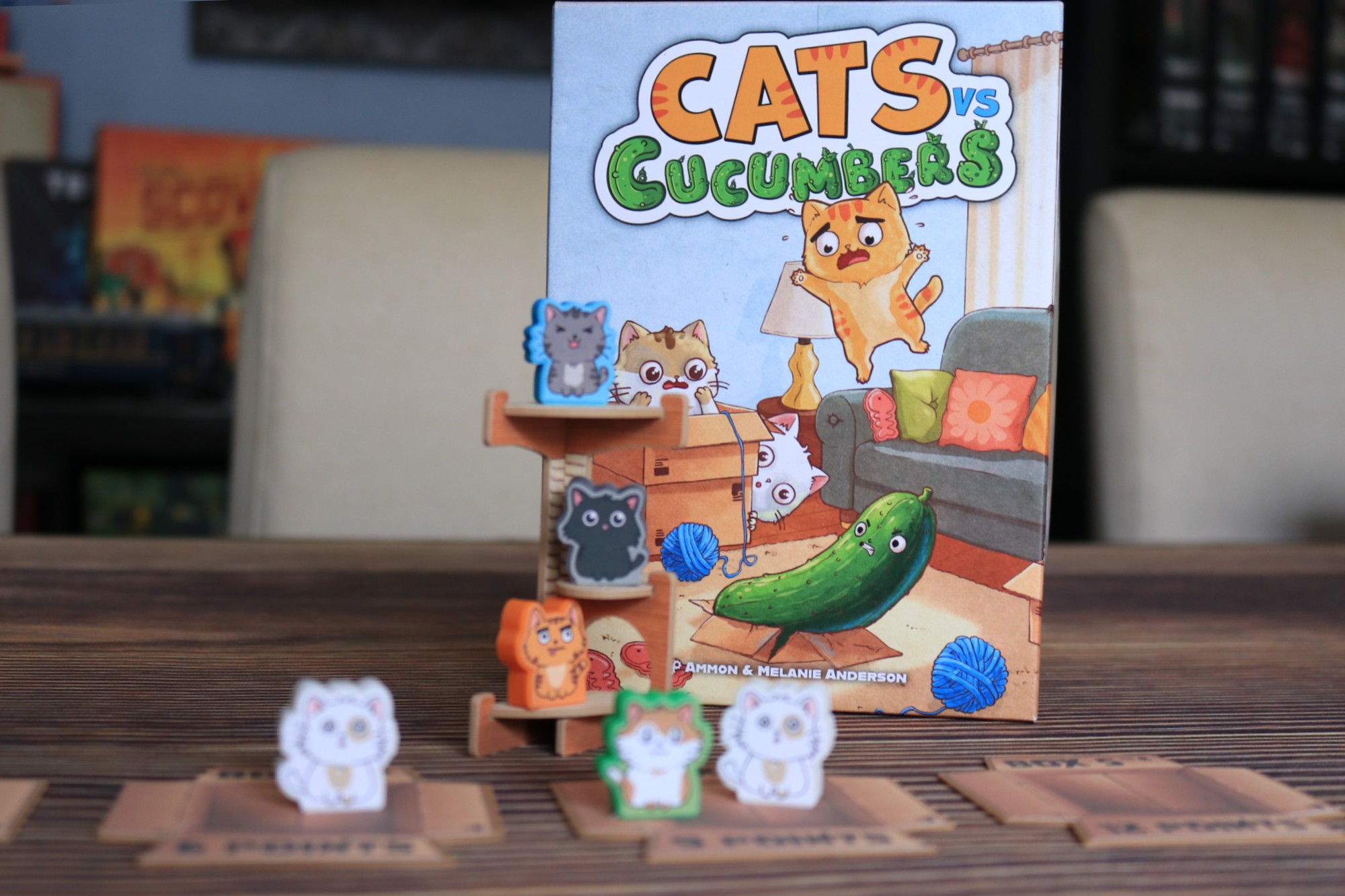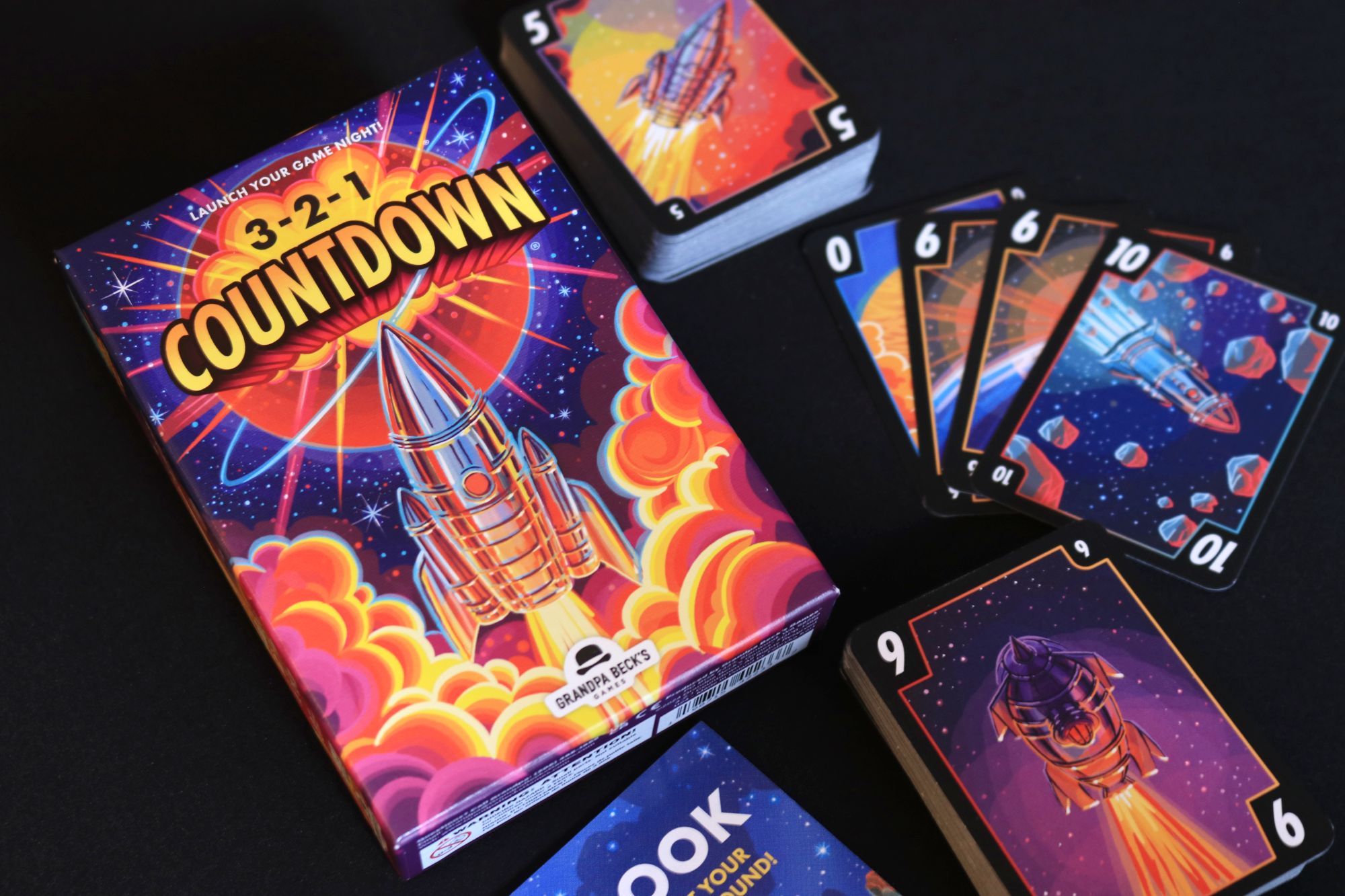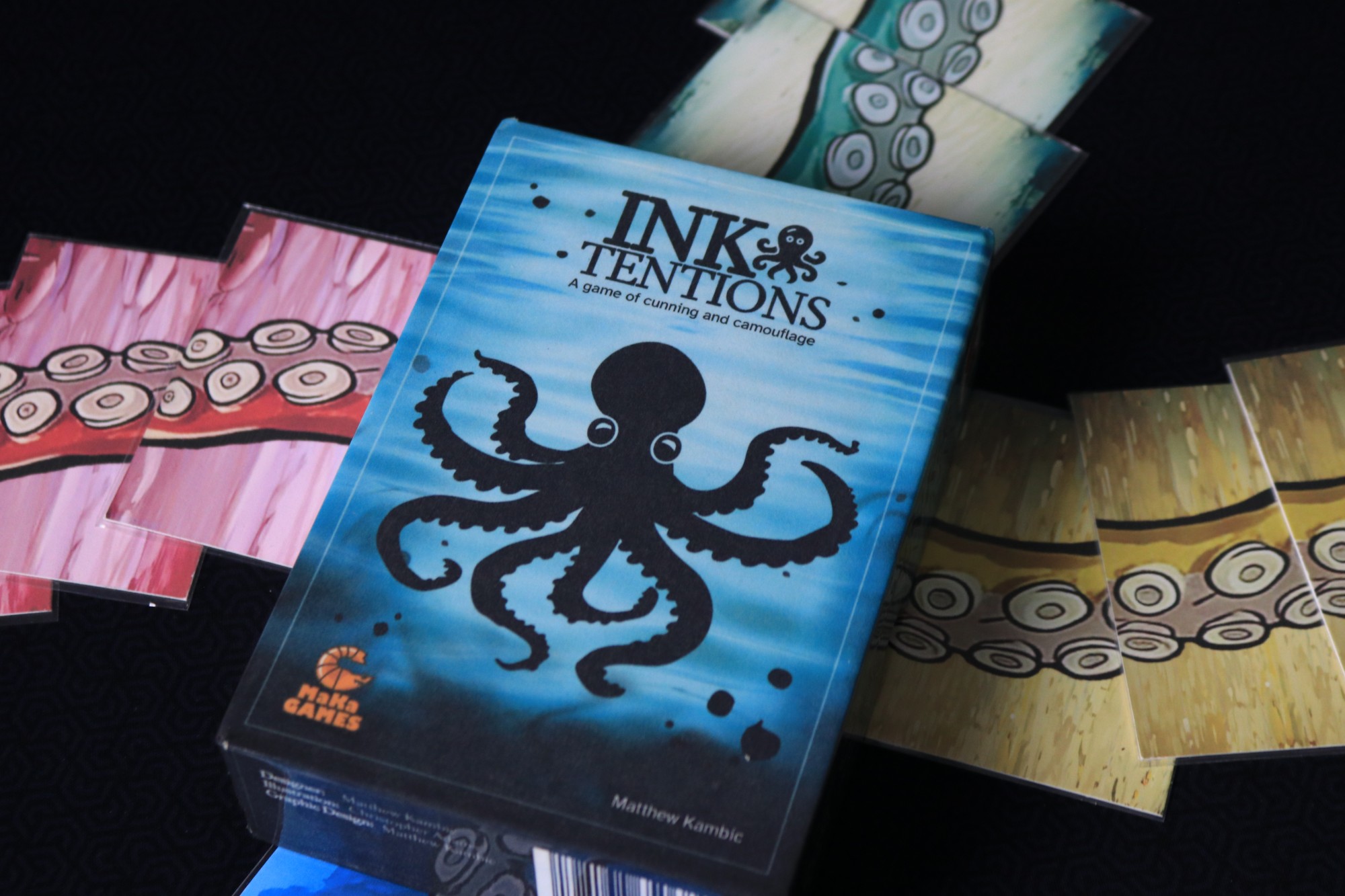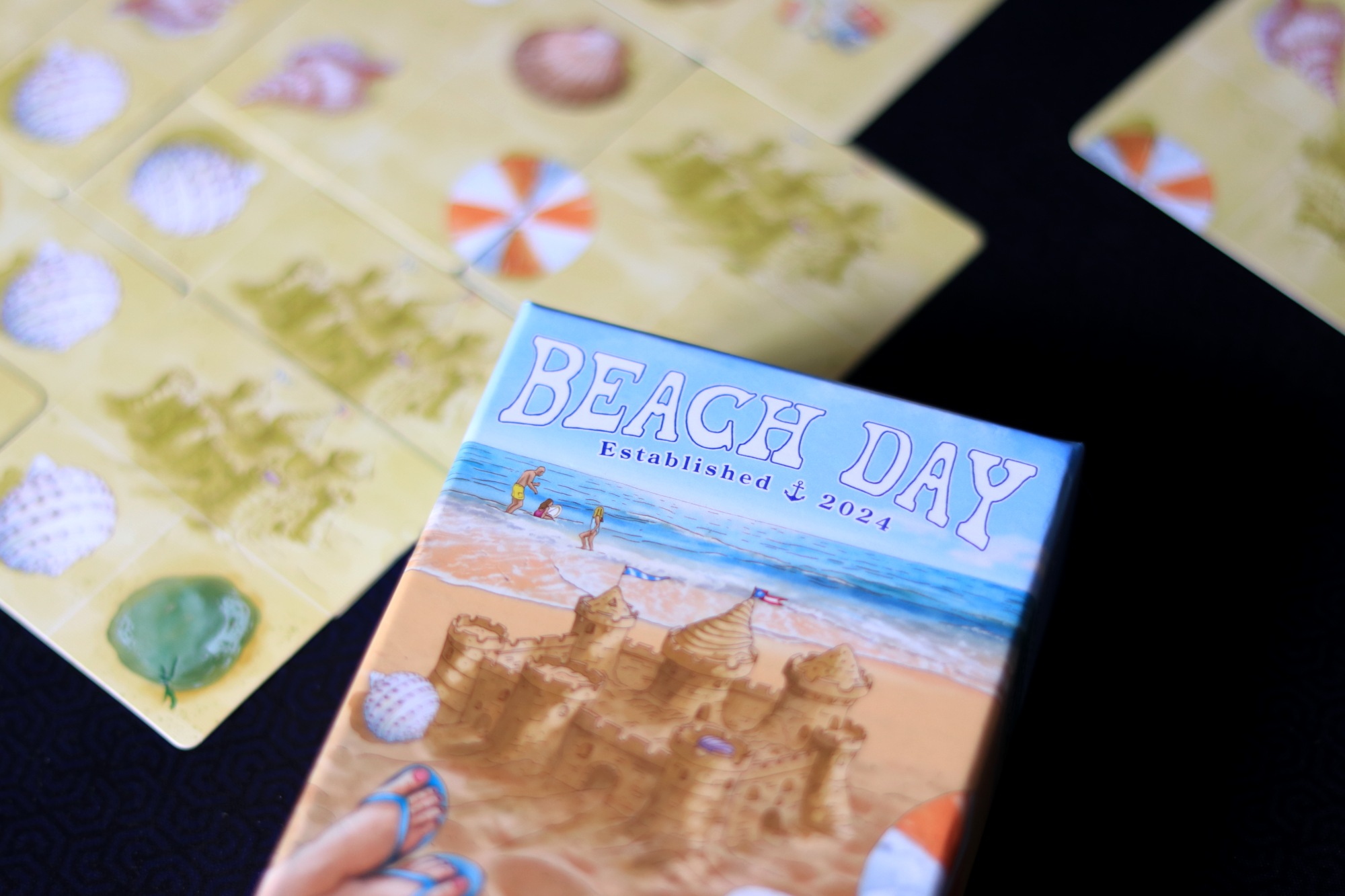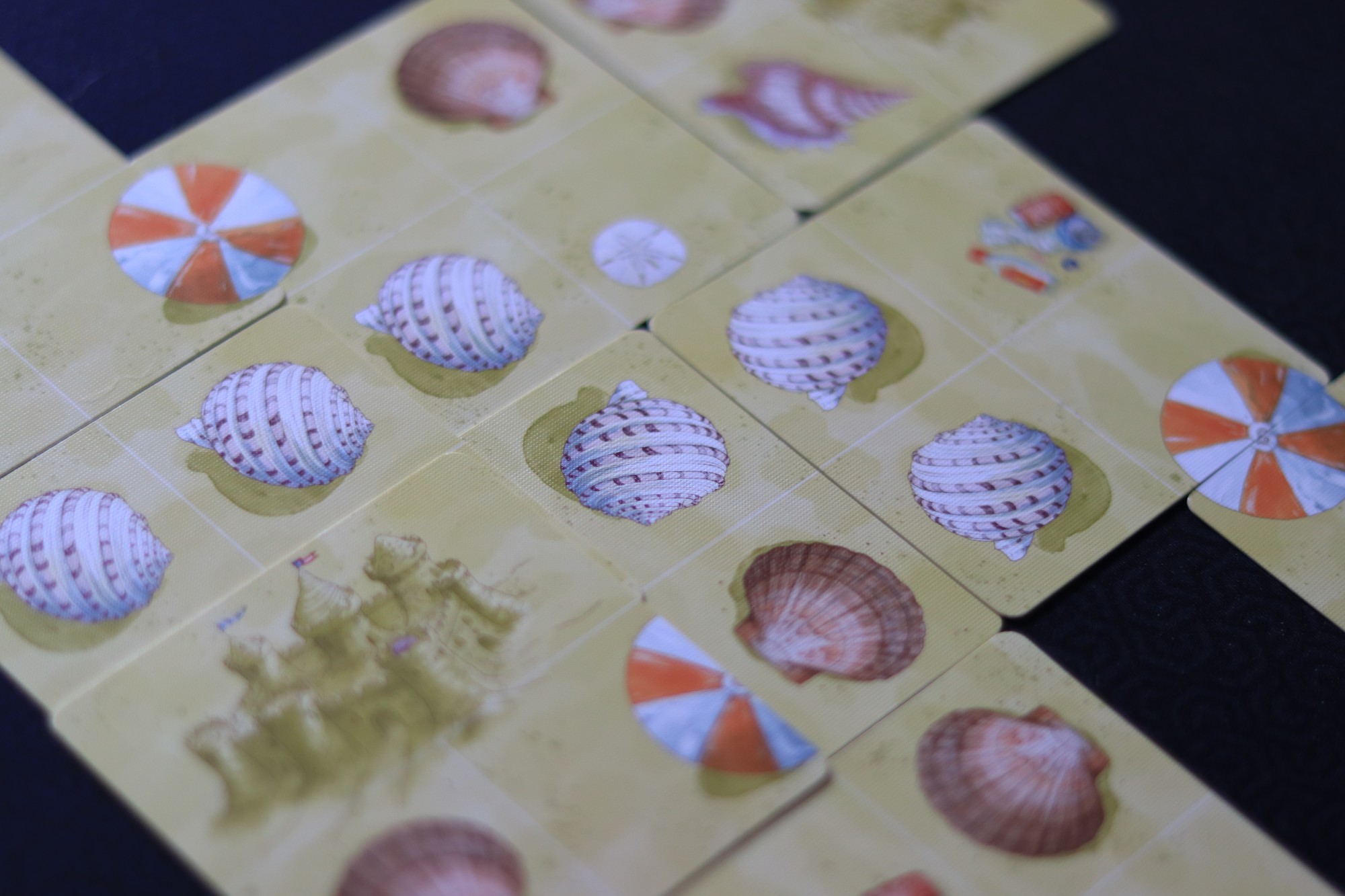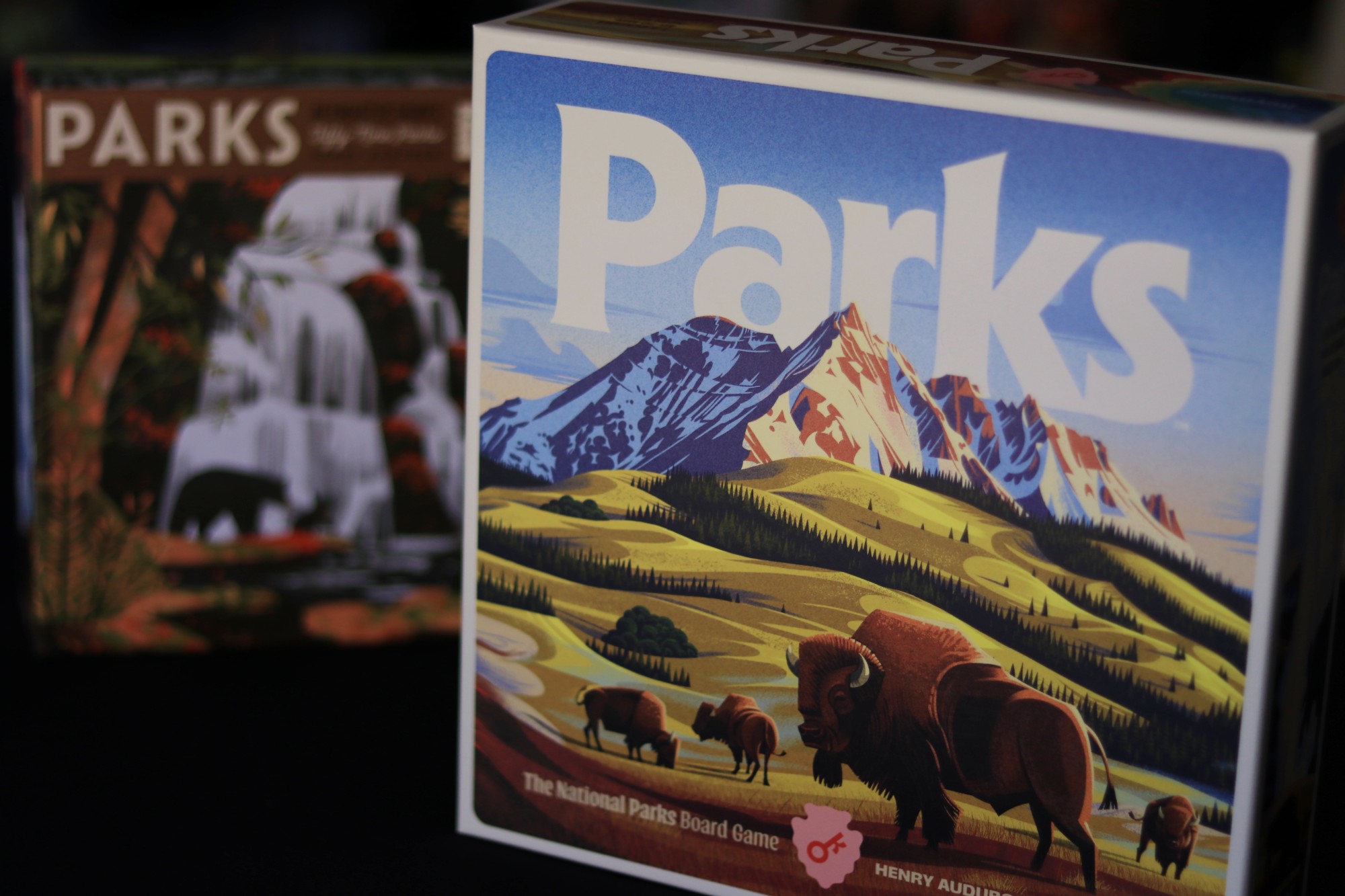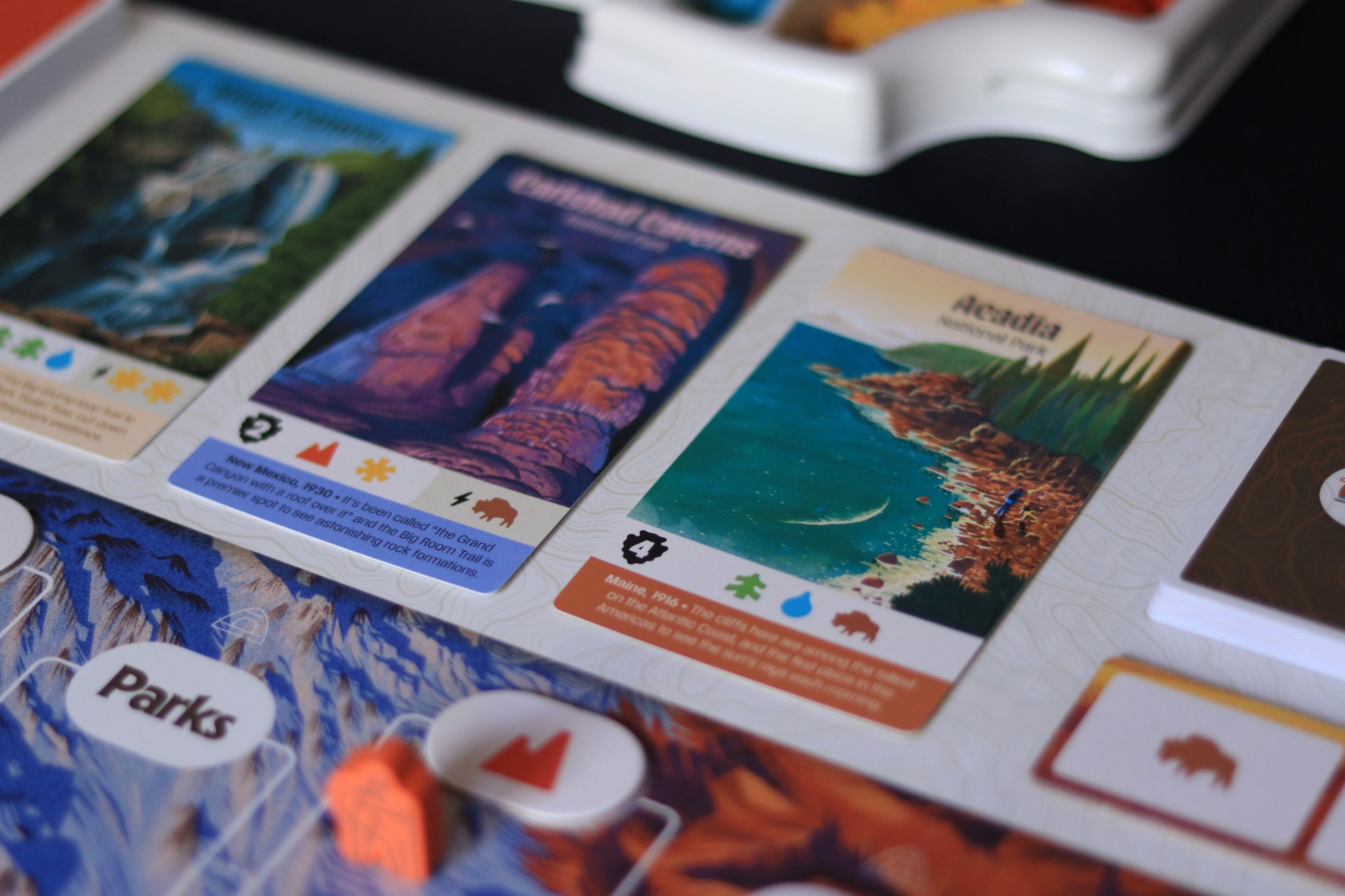You’ll like this if you like: Campaign games with clever card play.
This is a SPOILER FREE free review copy. See our review policy here.
Perdition’s Mouth: Abyssal Rift came out in 2016. It is a much-loved miniature-based dungeon crawler. It tells a story over a campaign of ‘diceless’ adventures! Well worth checking out if you enjoy that sort of thing. I have not played it myself, but heard good things. Anyway, Beyond the Rift carries on the story right from the point the previous game ended. The tutorial game for Beyond the Rift seems to be moments after the story had previously ended. If you played Perdition’s Mouth and enjoyed it, this may be something to look out for. But for those of us who have not played that game, this is a standalone game, and you do not need any prior knowledge to enjoy this game or the story it tells. But I do sense it would be better having played both. So, with that said, let’s get this to the table and see how it plays.
How To Set Up Beyond the Rift
There are a number of scenarios to play out in this game. Pick the one you want to play, ideally in order! And then set up the game according to the chosen scenario’s instructions as shown in the scenario book. You will not be able to play certain scenarios unless you meet the shown criteria. Generally speaking, having played the scenarios leading up to this one.
Start by shuffling and placing the Enemy Deck and Terrain Deck as directed by the scenarios specific set up. There will be different Terrain and Enemy cards in each scenario. Then, shuffle and place the Wound Deck, followed by the Fatigue Deck. Position the Threat Sheet and set the Threat level by placing a wooden cube on the appropriate space of the Threat track. Shuffle and place the Response Deck.
Each player now selects a hero and takes the corresponding Hero Board and Hero Deck, there is a bespoke deck of cards for each hero, along with a matching wooden cube. Now, shuffle your Hero Deck and draw your starting cards equal to your current hand count as dictated by the player count. All Hero Boards start on their standard sides—alternate sides can be unlocked during campaigns, indicated by a red glow on the hero’s name or globe. Players then set their Action Points to the starting value as shown on their Hero Board by placing the wooden cube accordingly.
Finally, ensure there is enough space for each player’s Hero Area, the Quest Area, and individual discard piles for each deck. Once everything is in place, you’re ready to begin!
How To Play Beyond the Rift
The game runs through five distinct phases until the specific criteria in the chosen scenario are met. In the opening scenario, you are trying to defend against the attacking enemies while moving through the various terrain, specifically doors, until there are no more doors left to move through. This simulates you running out of danger, through various rooms, and into freedom. It’s a very cool system. If you are ever to draw another terrain card and there are none left, and your threat level has not risen beyond a specific point, the heroes win! Essentially, you got through all the rooms. Clever huh! Other scenarios use a similar techniques to simulate time passing, moving from room to room, or various stages of battle.
The first phase is the Hero Phase. This is where you will do all the cool things with your cards that you want to do each round. Each Hero has their own number of Action points, represented in the game by a star surrounded by six small dots. You can spend these Action points now to play cards, largely to attack enemies, but also to destroy terrain and more. Each Hero will have their own Special Action as shown on their Hero board, which they can carry out one time per round. You can also pay Action points to discard cards to draw more if you don’t have the right hand. There are also plenty of cards that let you gain additional Action points, so you will find your turns can become quite exciting and complex quite quickly!
When you play an Attack card, you need to consider the position of the enemy you are attacking. If they are in the central area, they are two spaces from you. You can pay action points to draw an opponent into your action area, or use a ranged attack to target them where they are. You will then need to play an Attack card with a primary attack cost. Action points are shown on the top left of the card in order to use the card. Other cards will have secondary costs, and they can be used to supplement this attack and make it stronger. There are also secondary cards you can use to gain additional cards and action points as part of the attack, and some cards that can be reused if you are successful with the attack. Take note to read each card’s text carefully.
You will then target a specific enemy, unless you have a card allowing you to attack multiple foes, and then draw a response card for each enemy you are attacking. This will amend their own defence, seen on the enemy cards next to the shield. Total their complete defence against your attack value, and if you have a higher score, your attack succeeds. Draw a wound card for each enemy you successfully attack this way. This is slipped underneath the enemy’s card, with the bottom part visible, thus altering the enemy’s stats. If their health drops to zero or below at this point, the enemy card is removed from the game. If not, they remain in play, now with reduced stats, ready for a second attack.
Players can take as many turns as they like, using cards in this way, until they either decide to stop or run out of action points. You can take turns, have one hero run fully until the next begins. Whatever works for your group. Heroes can also aid other heroes’ actions by playing primary cards within range of the attack in the usual way. You can also play this game solo very easily, either with one or two heroes, or however you wish. It is all very flexible, and each scenario has a great setup guide for the number of heroes in the game and the difficulty level you want to play.
The second phase is when the Enemy has their chance to attack you. If none are left, they do nothing, but if any remain, then look at the scenario you are playing and draw a response card to see what the enemies will do. There will be a table for each scenario that will detail the action of any remaining enemy, based on what response card you draw. They may engage with you, disengage if already engaged, or more commonly, attack. Actions will happen in later scenarios. When they do, draw a response card for each enemy that attacks you, and compare their attack value on their card and the response card against any shield cards you may have left to play. If they are successful, draw one of the same Wound cards that you use when you attack them, but this time add it to your hand. And you won’t just add one for each successful attack. You add a card that represents the difference between the enemy’s attack and your defence. These cards stay in your hand and clog up your opportunities. You can play them, moving them into your discard pile, but they won’t do good things! If ever you draw a hand of nothing but Wound or Fatigue cards, more on that soon, your Hero, and therefore, entire missions, fails.
Phase 3 is the Quest Phase. Here, you will follow the scenario book again, and based on the current Threat level, you will do a specific thing, generally bringing more enemies and terrain into the mix! More will happen in later scenarios, but no spoilers here!
Next is the Draw Phase. Here you will check the number of unused cards you had from the previous round and then reset your Hero’s action points. This will be their starting points, plus one extra for each unused card. However, one hero gains two per card. Then draw your hand limit again, even if you have leftover cards. Now discard down to your hand limit from the leftover cards and recently drawn ones, forming a new hand for the next round. If you don’t have enough cards to draw your full hand, shuffle your discard pile and go again, but this time adding in two Fatigue cards into your deck. These will clog up your deck in a similar way to the Wound tokens. Then finally, it is the End Phase where typically the Threat level will increase.
Players will cycle through these phases until the scenario comes to an end, either through a hero dying, or the scenario criteria being met. You will then read through the end of the scenario text, gain any end of scenario benefits, then move on to the next scenario. Heroes’ decks continue from scenario to scenario, so wounds, fatigue, and any items you pick up may well stay with you, but there are ways to get rid of the bad stuff and gain more good stuff!
The scenarios offer narrative choices at the end. You can either move on to scenario 2a to do one thing, or 2b to do another. This will change your path permanently in the game, but you can of course go back and replay a mission and make other choices if you want to reset things, which is easily done. You can change heroes in between missions or keep the same one. Changing player count is also very simple.
Is It Fun? Beyond the Rift: A Perdition’s Mouth Card Game Review
This is a fantastic game. The card play is amazing. Quite simply, genius. I adore how the scenarios play out and how, when you think you are out of cards or action points, something happens where you find a way to do one more action. Cards spiral into others, and actions fall into a beautiful combination of multiple hits, attacks, and enemies defeated. It’s so clever, so fast, so simple, and so satisfying.
The storytelling in the scenarios is great as well. The text is interesting, well laid out, and short. You will find the story adds to the game and does not take an age to get through. It is a little odd when it talks about a hero you are not playing with, but that obviously cannot be helped.
Each of the characters has their own unique deck, as well as their own special power and unique ability to advance in the game (by flipping their character board over to reveal new powers). They also all have their own cards. It makes the game feel incredibly rich and makes each character, obviously, feel very much like their own different entity.
As you play, you can work together, sparring off each other’s moves, or focus on different enemies and plans. You can assist other players’ attacks, or in solo, just do your own thing. Both work, and both experiences are smooth, enjoyable, and absorbing. I have found some missions to be quite simple, but it is so easy to adjust the difficulty setting as you improve and always set the game to be at the right level of challenge you are after. Others are much harder.
If you lose, which I did a fair few times at the beginning (at the end of the first mission), I found the experience to be challenging. It made me want to play again. I felt no frustration or like it was a waste of time, as I often do in other campaign games where you have to replay missions. Rather, here, I was left energized to try again and think of ways to get better. The final battle at the end of the first scenario took three attempts, for example, so early on in the game, I was challenged to either get better or give up. I had a 100% sense of purpose to just get better. The game really grips you.
But it is those endless turns that make this game feel so special to me. When you think you are coming to the end of your turn, either your cards are running out, or your action point total is dwindling, you can often find ways to just keep going. Ideally, you will not leave enemies alive, or things not done. You can do as much as you want on your turn, so long as you have the action points or cards to do so, and the enemies and game don’t have a chance to react until you end this phase. So, do all you can. And often, one card that gives you action points, or one attack that gains you more cards can do just that. You can keep going for one more attack, or two, or more! It’s amazing what you can do once you get the hang of your character’s cards and how they combo with each other. It is genuinely so satisfying!
I still have a bit of the campaign to do, and some characters I have not used as much yet. But I plan to eke out as much gameplay from this box as possible. And when I am done, I will go again. This is not a once and done. Sure, the story can only be told once, but the spiraling branch of the scenarios means you can go back and do them again, and take different paths, play with different characters, and have a completely different experience. But even if I play the same mission over and over with the same character, I will still have fun. This is just such a well-built and well-constructed game with brilliantly tight mechanics, tension, card play, and game length.
I am amazed this game is not well known. I can only surmise it is the art style. The cards are quite bland, mostly with just text. And the things with art, it’s all a little brown, beige, and generic. The enemies are straight out of “who are the baddies in this fantasy film again?” and there is not a lot of original thought in the lore. But take that aside, the game itself is fantastic, and I love it.
